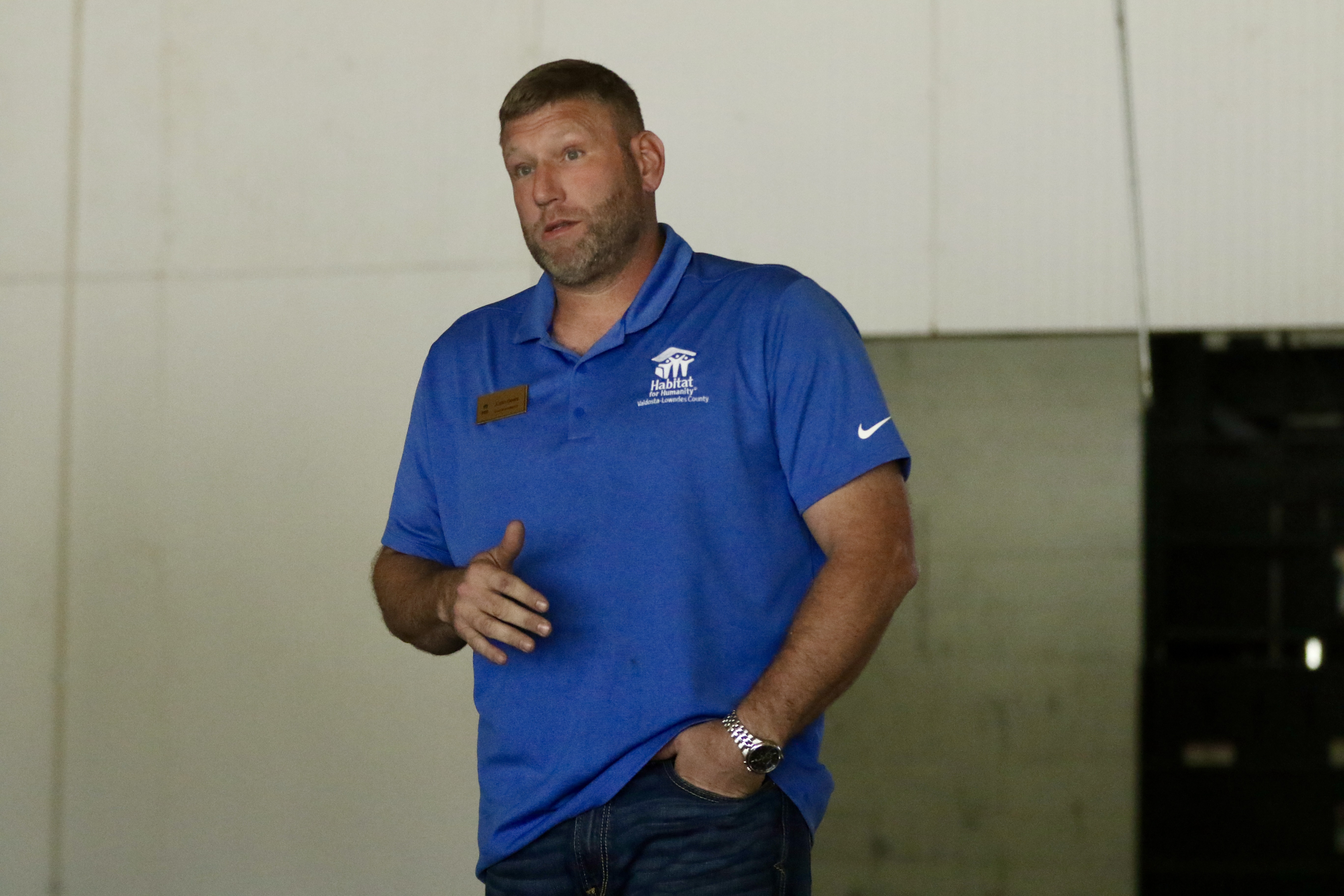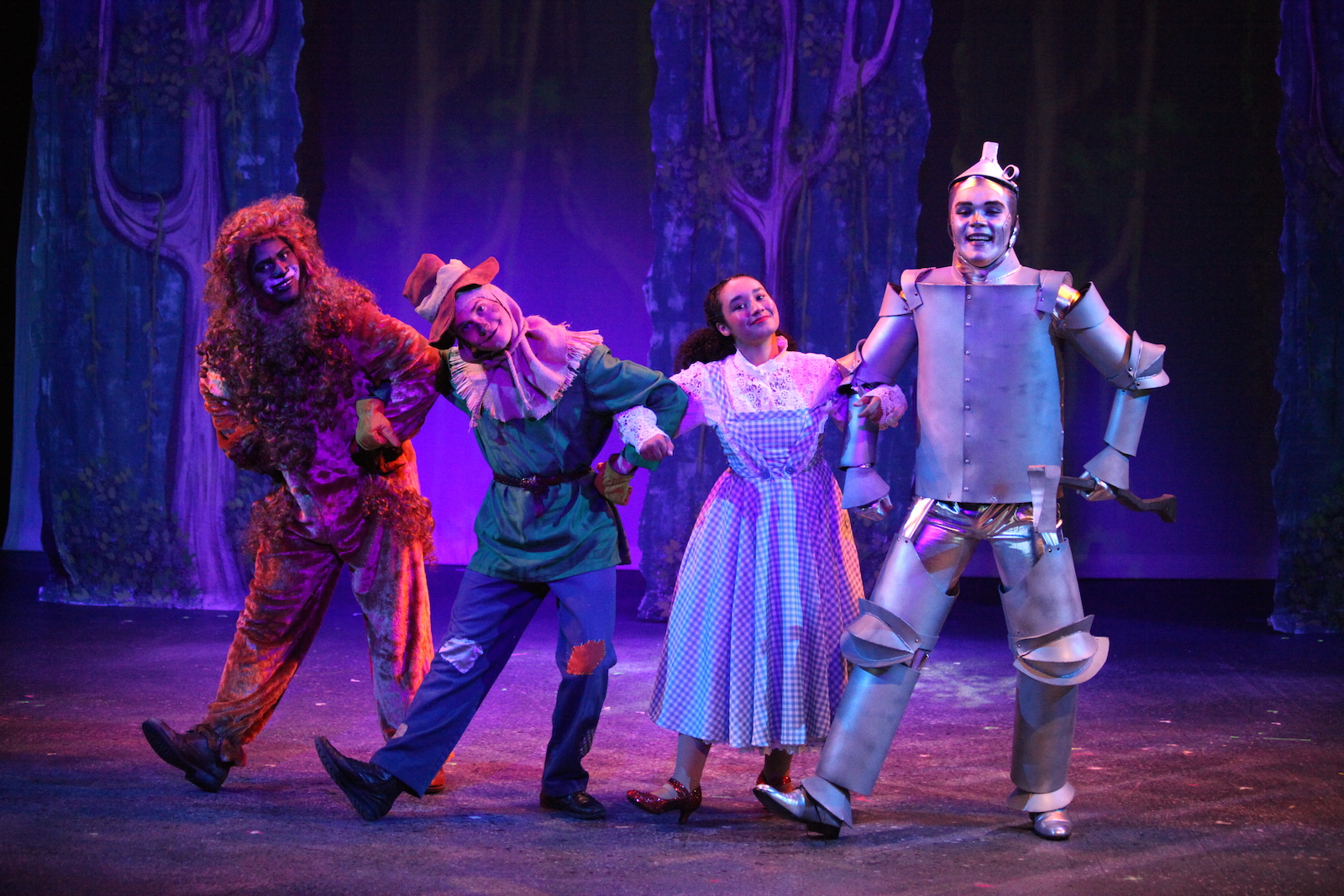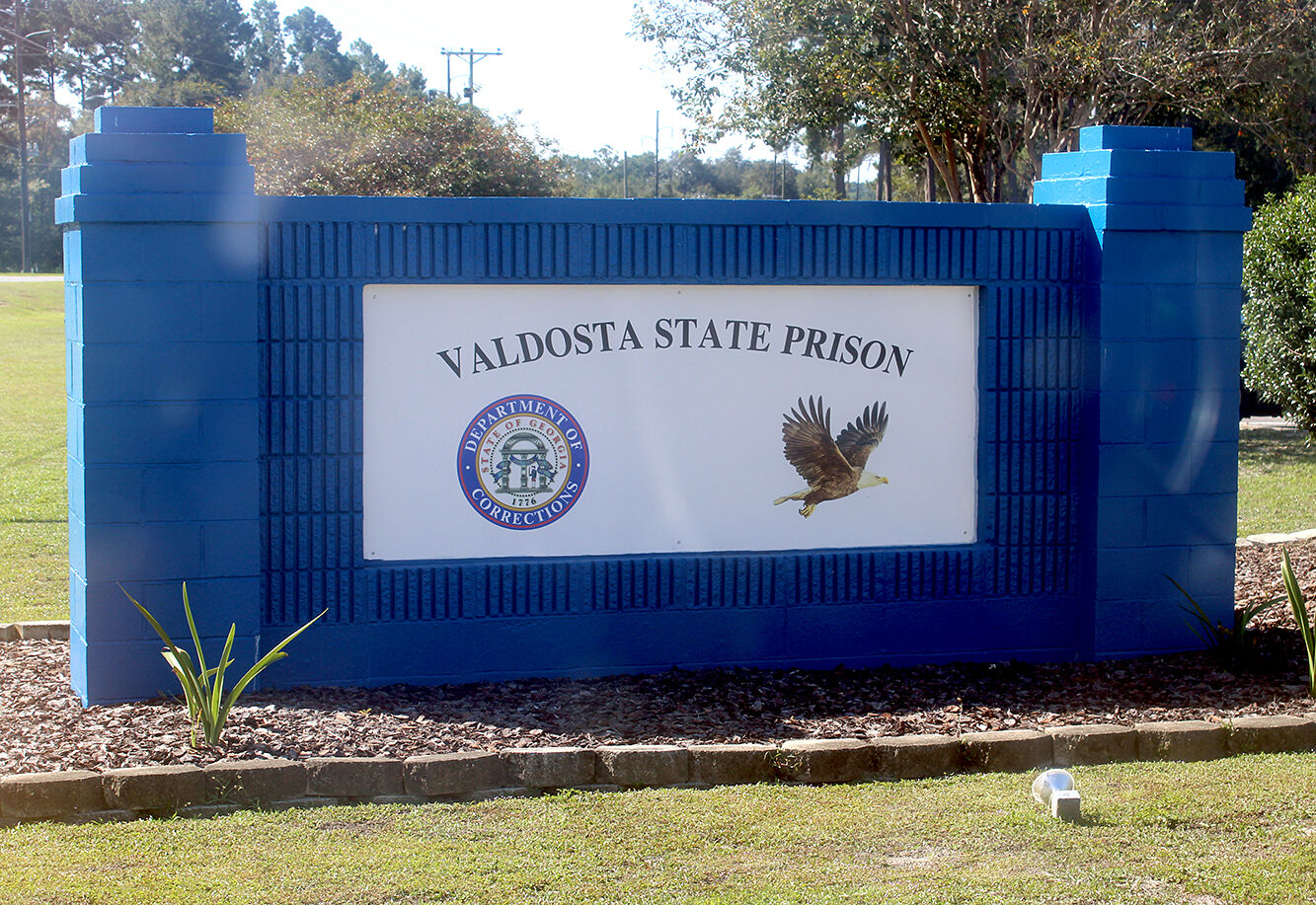The history behind the State of the Union address
Published 9:09 am Tuesday, January 31, 2006
VALDOSTA — Tonight, when President George W. Bush gives his televised State of the Union speech before Congress, he conversely is, and isn’t, continuing a presidential tradition started by George Washington.
In creating the U.S. Constitution, the founding fathers formed a constitutional basis for the President’s State of the Union, which for nearly two centuries, and through numerous presidential administrations, was referred to as the “President’s Annual Message to Congress.”
Article II, Section III, Clause 1 of the U.S. Constitution states that a President “shall from time to time give to the Congress Information of the State of the Union, and recommend to their consideration such measures as he shall judge necessary and expedient.”
Like many of America’s early governmental procedures, the State of the Union address is a hybrid of a British practice called the “Speech from the Throne,” with which the English monarch regularly opened sessions of Parliament. This resemblance to British procedure and comparative nature between a President and a monarch would cause a vast change in the State of the Union address by the early 1800s.
But not in 1790.
On Jan. 8, 1790, President Washington addressed the first State of the Union, or Message to Congress, before the House and Senate in New York City, which was then the nation’s capital. He arrived at Federal Hall in a carriage drawn by six horses and delivered his address personally before Congress.
In the first State of the Union, Washington advocated seeking the best venues for advancing science and education. He spoke of the nation’s need for more and improved roads as well as a better postal service. Following his speech, Congress drafted a response that soundly supported Washington’s views.
Throughout the administrations of Washington and his successor, John Adams, the President regularly delivered a Message to Congress personally and vocally. Yet, by the first term of third President Thomas Jefferson, the State of the Union address was dramatically changed. Jefferson felt that personally speaking before Congress too closely resembled Britain’s tradition of the monarch addressing Parliament. Jefferson, the author of the Declaration of Independence and always an anti-monarchist, abolished the Washington-Adams tradition of speaking directly to Congress and sent a written message instead, noting that he did not expect a congressional reply.
“By sending a message, instead of making a speech at the opening of the session, I have prevented the bloody conflict (to) which the making an answer would have committed them,” Jefferson wrote. “They consequently were able to be sent into real business at once.”
Concerned that anything he, or any President, said to Congress may be misconstrued as a royal command for approval, Jefferson’s written messages were fairly ambiguous, broadly addressing general rather than specific concerns.
While future American Presidents would not feel constrained in naming specific directives, they did continue the Jeffersonian tradition of presenting a written message to Congress for more than a century after Thomas Jefferson left office. As for the leaders immediately following Jefferson, Presidents James Madison, James Monroe and John Quincy Adams, they too followed the Jeffersonian example of presenting vague proposals in their State of the Union messages to Congress, though it should be noted that President Monroe introduced the Monroe Doctrine during his State of the Union message of 1823: “… as a principle in which the rights and interests of the United States are involved, that the American continents, by the free and independent condition, which they have assumed and maintain, are henceforth not to be considered as subjects for future colonization by any European powers …”
It was President Andrew Jackson, the stubborn hero of the Battle of New Orleans, who broke this tradition of non-specific national/presidential ambitions and freely pushed his administration’s goals in his Messages to Congress.
By 1862, as the Civil War divided and bloodied the nation, President Abraham Lincoln wrote in his Message to Congress: “Fellow citizens, we cannot escape history … the fiery trial through which we pass will light us down in honor or dishonor to the latest generation. In giving freedom to the slave we assure freedom to the free — honorable alike in what we give and what we preserve.”
Some post-Lincoln administrations viewed the State of the Union as a balm to soothe Congress, but this ended with the “bully pulpit” style of President Theodore Roosevelt, who used the Message as a chance to push his agenda for the nation.
For 112 years, the presidential message was usually read to Congress by another; at times, by a congressional aide or even the equivalent of a page, while the President was elsewhere. Texts of the State of the Union message were usually printed in full by most newspapers but no one had officially heard a President give a State of the Union speech since the days of John Adams.
By April 8, 1913, President Woodrow Wilson had won the office and he ended the Jeffersonian tradition of sending Congress a written State of the Union. Wilson personally delivered his message to Congress as a speech urging tariff and banking reforms.
In explaining his reasons for coming to Congress to orally deliver his message, in person, Wilson said, “I am very glad indeed to have this opportunity to address the two Houses directly and to verify for myself the impression that the President of the United States is a person, not a mere department of the government hailing Congress from some isolated island of jealous power, sending messages, not speaking naturally and with his own voice — that he is a human being trying to cooperate with other human beings in a common service.”
Though Congress heard Wilson’s voice six times, and his successor Warren G. Harding’s voice twice, President Calvin Coolidge, whose nickname was “Silent Cal,” only gave one verbal State of the Union address. Coolidge’s 1923 appearance though allowed not only Congress to hear his proposals but the entire nation as he became the first President whose State of the Union was broadcast by radio.
Still, with Coolidge only delivering one State of the Union speech and his successor, President Herbert Hoover, delivering no such oral addresses before Congress, it seemed as if the state of the State of the Union speech was to return to Jeffersonian standards.
But this was not to be. President Franklin D. Roosevelt, Hoover’s successor, presented a record-breaking 10 personal appearances before Congress out of 12 State of the Union addresses.
On Jan. 6, 1941, FDR presented the State of the Union speech which included his famed reference to the “four freedoms”: “In the future days, which we seek to make secure, we look forward to a world founded upon four essential human freedoms. The first is freedom of speech and expression — everywhere in the world. The second is freedom of every person to worship God in his own way — everywhere in the world. The third is freedom from want … everywhere in the world. The fourth is freedom from fear … anywhere in the world.”
Roosevelt’s dedication to giving his State of the Union orally and personally before Congress and through radio firmly established that following presidents would regularly give their addresses annually, in person and for broadcast to the American public and the world.
It was also during FDR’s precedent-shattering three-plus terms as president that the Message to Congress became more commonly known as the State of the Union, which for his first one in 1934, he called the “Annual Message to Congress on the State of the Union.”
Since FDR, there have only been few occasions when a President did not present the State of the Union in person — President Truman (who gave the first televised State of the Union in 1947) did not present a speech in 1953, nor did President Dwight D. Eisenhower in 1961 nor President Jimmy Carter in 1981. On each of these occasions, a written message was sent to Congress and on each of these occasions, the State of the Union message was a parting shot from presidents leaving office.
Also, Eisenhower, recuperating from a heart attack, presented a filmed summary of his State of the Union message in 1956, and President Richard Nixon sent a written message in 1973, explaining that the State of the Union, as a speech, came too closely after his inauguration speech for his second term. Inauguration speeches, it should be noted, have also meant that some years there is no State of the Union speech or message because a particular President felt it would be repetitive.
Traditions, and trappings, of the State of the Union speech we are likely to see tonight were shaped in the post-FDR years.
In 1965, President Lyndon B. Johnson changed the speech’s time from early afternoon to the evening so more people could see and hear it on TV.
In 1966, network television offered time after the speech for the opposition party to respond to a President’s speech.
During a State of the Union speech by President Ronald Reagan, he introduced “regular Americans” who were invited to attend — a tradition that has been followed by every president since, for nearly each State of the Union address since.





